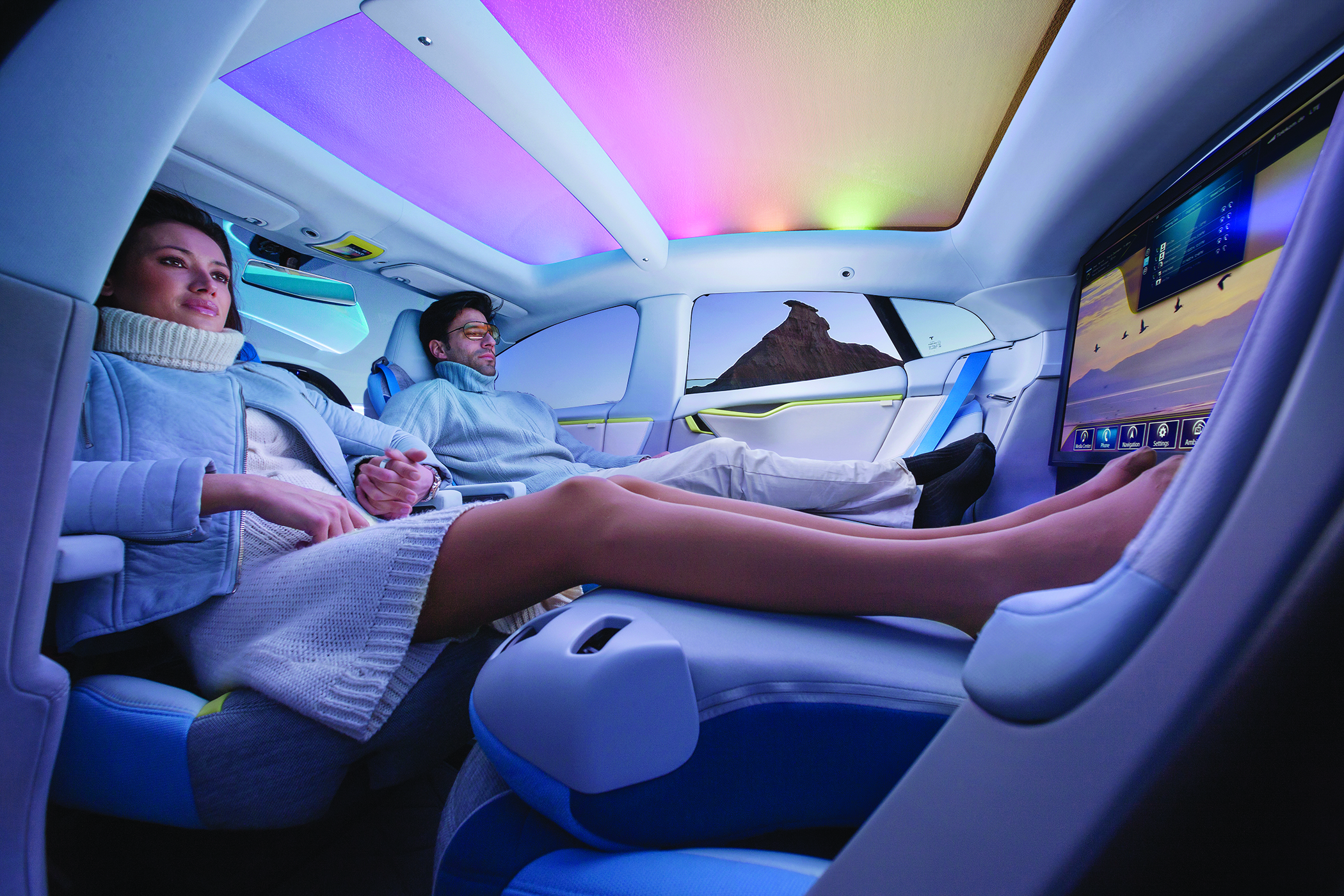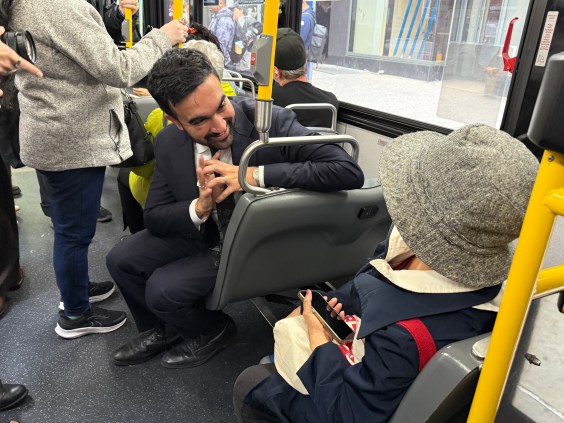This excerpt from the upcoming book Walkable City Rules: 101 Steps to Making Better Places by Jeff Speck is the first in a series for Streetsblog.
North America, along with much of the world, has been building and rebuilding its cities and towns quite badly for more than half a century. To do it properly would have been easy; we used to be great at it. But, like voting for president, just because something is easy to do does not mean that it will be done, or done well.
To rectify the sporadic spread of city planning best practices, I published Walkable City in 2012. The timing was fortunate: while the term was not often used before 2010, walkability now seems to be the special sauce that every community wants. It took a while, but many of our leaders have realized that establishing walkability as a central goal can be an expeditious path to making our cities better in a whole host of ways.
Packaged as “literary nonfiction” and “current affairs,” Walkable City was effective at finding readers, armchair urbanists curious about what makes cities tick. It made its way into mayors’ offices, council chambers, and town meetings, held aloft by people demanding change. Sometimes, change was begun. . . and that’s when the problems started. While the book does a decent job of inspiring change, it doesn’t exactly tell you how to create it.
Hence this new book, Walkable City Rules, an effort to weaponize walkable city for deployment in the field. A brief excerpt follows.
RULE 26: Anticipate Autonomous Vehicles: Unless we make rules now, they are likely to do more harm than good.
It sometimes seems that all anyone wants to walk about these days in cities is Autonomous Vehicles (AVs). How soon will they arrive? Will they swarm? How are they likely to change our cities, and our lives?
Proponents of AVs are quick to tout all the potential benefits. These include a dramatic drop in driving deaths, reduced car ownership, less congestion, more personalized transit service, and the elimination of much on-street parking, allowing a ton of street space to be rededicated to walking, biking, and greenery.
Unfortunately, a more careful thought experiment, informed by a fuller under-standing of American cities and their governance, leads to some less optimistic conclusions.When it comes to transit, even AVs must follow the laws of physics, and there is no getting around the fact that one New York City L Train carries as many commuters per hour as 2,000 cars. History would suggest that the widely held vision of swarming public fleets, uninterrupted by private and non-autonomous cars, is unlikely to happen in the United States, where no city has ever shown the willingness to limit private car use in any meaningful way, despite crippling traffic.
Unlike in less libertarian countries, American cities must plan for incomplete, uncoordinated AV adoption. And while car ownership may decline with AVs, car use will not. Zipcar founder Robin Chase, former NYC mayor Michael Bloomberg, and many other thoughtful people predict a massive increase in car trips as a result of autonomy, due to the likelihood of lower driving costs.
But that’s not all. Since time wasted in traffic is currently the principal constraint to driving, any boost in roadway efficiency (through tighter vehicle spacing) will increase car use, as will the fact that time in traffic will become productive for work or play. Bloomberg and others suggest regulation through laws, but there is a simpler way: regulation through lanes.
In an AV future, each city street would ideally be allocated a limited number of driving lanes, no more than currently present. Only in this way will our downtowns remain welcoming to more than just cars. Moreover, cheap automobiles were the principal enabler of suburban sprawl. As autonomy makes it even cheaper to access far-flung locations, there is danger of a second wave of exurban dislocation. Cities that wish to avoid the long-term balance-sheet burden represented by low-density suburbia must double-down on efforts to promote “smart growth,” which mostly means eliminating all hidden subsidies for sprawl.
When it comes to transit, even AVs must follow the laws of physics, and there is no getting around the fact that one New York City L Train carries as many commuters per hour as 2,000 cars. Each city bus replaces about 50 cars.
Even swarming AVs will never come close to providing the services of a well- used transit vehicle. Replacing transit with small AVs in congested city centers would cripple mobility. They must be understood as a supplement, not a solution. For that reason, only cities with no congestion and insignificant transit ridership should plan to convert transit to autonomous cars. Unfortunately, the prospect of such service is already threatening transit investment in certain congested American cities, like Mountain View, CA, where dedicated bus lanes were recently defeated in part due to the promise of autonomy.
Cities must show informed leadership on this challenging issue.
Copyright © 2018 Jeff Speck. Reproduced by permission of Island Press, Washington, DC.






